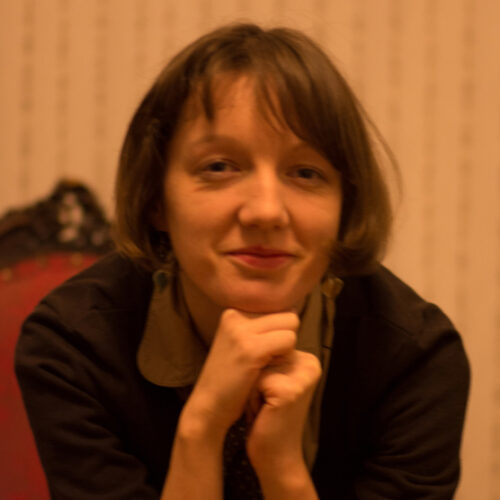Yiddish, the traditional language of Ashkenazi Jews, almost disappeared as a means of live communication in Eastern Europe and the post-Soviet countries due to cultural assimilation during the Soviet period and the mass Jewish emigration of the 1990s. The activities of the Associations of Jewish Culture of the late 1980s and early 1990s, the first of which in Ukraine (the second in the USSR) was founded in Lviv (Lvov, Lemberg), preliminary focused on the idea of restoring and developing the Yiddish culture. In the following years, the interest in this issue grammatically decreased but grew again after a quarter-century gap, this time an academic discipline and mostly by non-Jewish intellectuals and local cultural activists. However, this welcome and important activity poses a few questions before Jewish community leaders concerning the considerations behind this trend. Whether it is a sort of general liberalization of humanitarian knowledge, an attempt to get a critical view of the history of their people in the light of their Jewish neighbor’s fate, or an attempt to ‘privatize’ Jewish culture as a ‘unit of memory’ of the local non-Jewish society?
Please follow the link for the full version of this article in Russian.
Senior Lecturer at the Department of Modern and Contemporary History of Ukraine and Coordinator of the Jewish Studies Program at the Ukrainian Catholic University (Lviv)
Master of History, teacher of the Yiddish language at the Ukrainian Catholic University in Lviv

